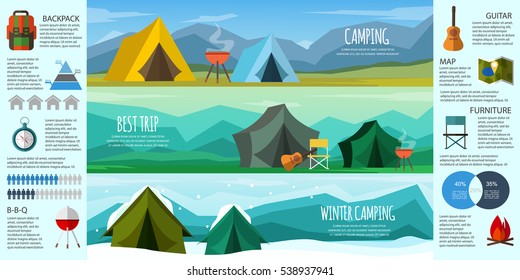How To Locate Your Market Online And Sell Camping Tents
Does Your Backpacking Camping Tent Required an Impact?If you camp consistently in areas with rocks or sharp downed branches or simply despise packing away a wet, sloppy camping tent, after that a footprint is certainly worth thinking about. Impacts are additionally reasonably affordable compared to a new camping tent.
How much wind can a tent take?
Numerous tent suppliers use their own specific impacts, which are cut to the exact dimension of the camping tent floor. Nonetheless, you can make one on your own with a lightweight textile like polycryo or tyvek.
Weather
Whether or not you require a footprint really relies on the conditions you'll be camping in. If you're backpacking in a place where the ground is generally wet (it's pretty much inescapable), a camping tent impact can be a helpful addition to your set, as it will stop your camping tent floor from coming to be soggy.
Nonetheless, if the footprint is also huge it can act as a dampness trap and possibly allow water to swimming pool under your camping tent. This can be stayed clear of by making certain the footprint is reduced a little smaller sized than your tent on all sides.
Normally speaking, it's ideal to obtain a footprint from the very same maker as your tent to make sure an exact fit. They additionally tend to be made from thicker, a lot more durable products than DIY choices. They can be expensive for something whose single objective is to secure the ground underneath your camping tent, yet it can be a beneficial financial investment if you care about the long life of your gear.
Terrain
Several quality outdoors tents can work well without an impact, specifically those that have tub floorings made from sturdy materials. Nevertheless, the surface you hike on can have a substantial impact on exactly how promptly your camping tent flooring wears out. Granite slabs, sandstone and various other sturdy surfaces use via the bottom of your camping tent much faster than verdant meadows or forest floorings.
A footprint or ground cloth assists expand the life of your tent by functioning as an obstacle in between the ground and the sewn-in groundsheet of your tent, states REI elderly sales specialist Elizabeth Nguyen. It also secures the outdoor tents from abrasive aspects like sharp branches and rugged rocks that could puncture or tear the sewn-in floor. When choosing an impact for your tent, it is essential to guarantee it's a little smaller sized than the tent on all sides. This avoids water from merging in between the outdoor tents and footprint during a rainstorm, which could seep right into your tent. The very best alternative for an impact is to purchase one designed for your particular camping tent, which will certainly assure a tight fit.
Outdoors Tents with Lower Deniers and Waterproof Ratings
Whether you're a laid-back backpacker or a hardcore adventurer, the toughness degree of your outdoor tents is an important consideration. Tents developed to be ultralight, verging on minimalist, glamour tent typically compromise some level of longevity in the fabric and products utilized.
One material spec you'll experience is denier, which refers to the weight in grams of a 9,000-meter length of yarn that comprises the camping tent's canopy, rainfly, and/or floor. A higher denier spec signifies more rugged fabrics, while lower numbers indicate lighter and much less sturdy textiles.
Various other specifications to consider consist of flooring measurements, vestibule size, and interior pockets. The former reflects the overall square-footage that can be made use of for livable space, while the latter can contribute in storage space by giving an area to stow away gear overnight and in bad weather. Ventilation is additionally a critical variable; as you breathe out wetness during sleep, it requires to run away, or condensation might develop inside. Features such as mesh home windows and panels and flexible rainfly doors assist enhance ventilation and prevent this from taking place.
The Price
The expense of an outdoor tents can impact its efficiency, and it is additionally crucial to think about how much you can manage to invest. Backpackers seeking a lightweight sanctuary must aim for a tent with a livability ranking of at the very least two stars, and when possible, 3 or more.
Livability refers to just how roomy a camping tent feels, with clearance and flooring dimensions playing a large duty. Historically, backpacking camping tents used steeply sloped wall surfaces and marginal area to save weight, yet contemporary materials permit developers to offer even more convenience while keeping weight reduced.
Storage is another aspect to think about, with vestibules and a quick-pitching design helping in reducing setup time. In addition, the kind of fabric layer and exactly how the tent is saved can impact long life. For instance, a PU covering that breaks down quicker when wet, or goes through repeated cycles of storing and un-stowing, can considerably shorten the life expectancy of a tent. In a similar way, using a personalized footprint as opposed to stuffing an outdoor tents in a slipshod fashion will additionally prolong its life-span.
Are canvas tents waterproof?
